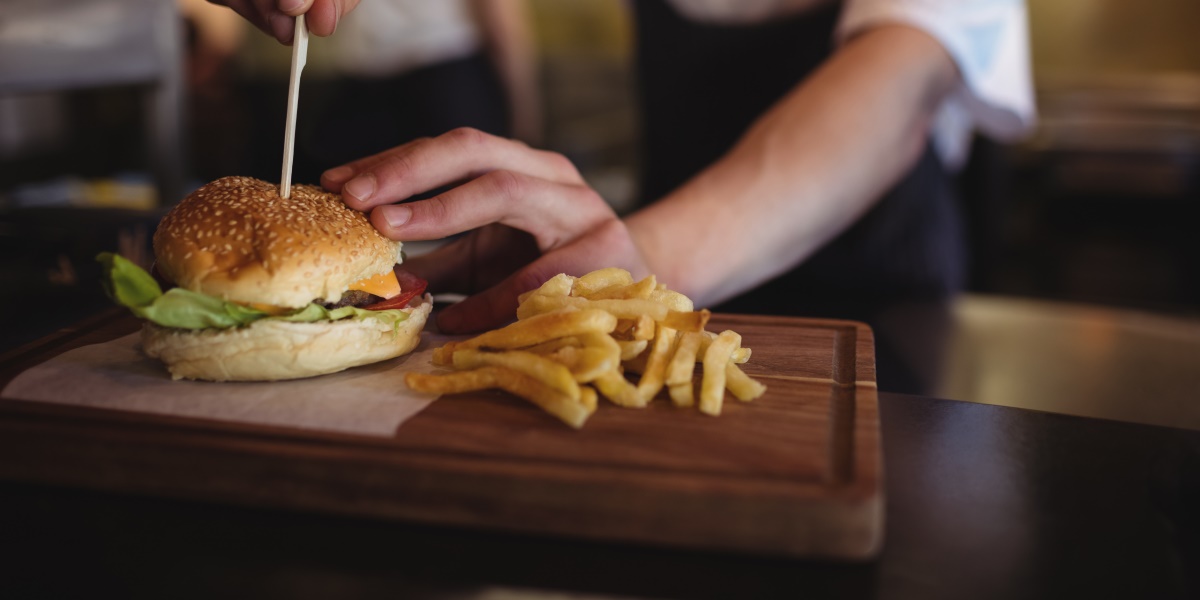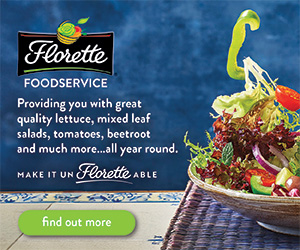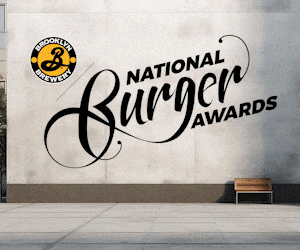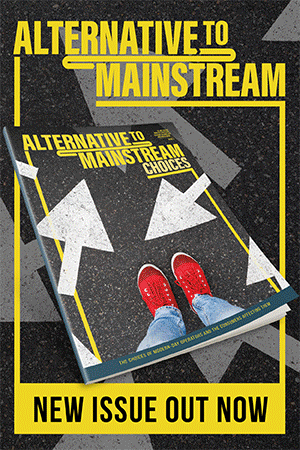Column: Brand aid

In Savanta’s new column, marketing executive Ed Weston explains how burgers became the nation’s comfort food during lockdown...
McDonald’s led the way when it came to fast-food delivery during the lockdown. The restaurant chain achieved 151% penetration growth throughout Q3 2020 year-on-year, as Brits looked for comfort in the familiar during uncertain times.
This positive uplift in penetration surpassed key competitors following the reopening of non-essential shops from June 2020 for takeaway and delivery. It was driven by 16- to 24-year-olds, who had the highest response rate (42%) to order from McDonald’s, followed by the 25 to 34 age group (40%).
McDonald’s, therefore, saw the highest increase in delivery orders throughout June 2020 year-on-year (14%) in the quick-service restaurant (QSR) sector. Given that 16- to 35-year-olds are 10% more likely to use a delivery aggregator such as Just Eat or Deliveroo than any other age group, it comes as no surprise that they continued to order McDonald’s even when physical restaurants were closed for dining in.
Data were collected through our BrandVue reputation tracking tool, which canvassed more than 96,000 UK adults on which brands they loved and rated them against more than 50 criteria, including innovation, trustworthiness, friendliness, style, and ethics. The data highlighted that ‘convenience’, ‘speed of delivery and ‘speed of service’ were the most commonly-used terms to describe McDonald’s during the last year. There were also marked improvements when it came to ‘speed of delivery and ‘price of delivery’. It all demonstrated a concerted effort by the fast-food chain to ensure loyal customers got their burgers during the lockdown.
McDonald’s also saw brand love increase significantly over Q4 2020, suggesting that these characteristics were most valued during the lockdown era and therefore gave McDonald’s a competitive advantage. Competing brands associated with supposedly ‘higher quality food’ did not witness similar spikes in brand love, demonstrating that during the lockdown, convenience outweighed quality in influencing brand loyalty and purchase behaviour. It also suggests that customers are going with brands that are familiar, bringing them comfort in uncertain times.
Fellow fast-food outlets experienced similar spikes in a positive buzz over the same periods, albeit at a lower level to McDonald’s. This suggests that the transition to home delivery has been a driving factor of brand usage, with delivery aggregators Deliveroo and UberEats both seeing a 20% increase in penetration since QSRs reopened for delivery in Q4 2020.
Notably, home delivery brands experienced another spike among the 25 to 34 demographic, even during the reopening period of indoor dining on 19th July, highlighting that this audience is yet to transition back to indoor eating at QSRs. McDonald’s joined the likes of rivals KFC and Burger King, with home delivery usage on the rise (a 13% increase) during Q1 2021 along with most QSR brands. Burger delivery is on course to remain a popular alternative to eating out, as well as the more traditional delivery options such as pizza, curries and Chinese food.
















